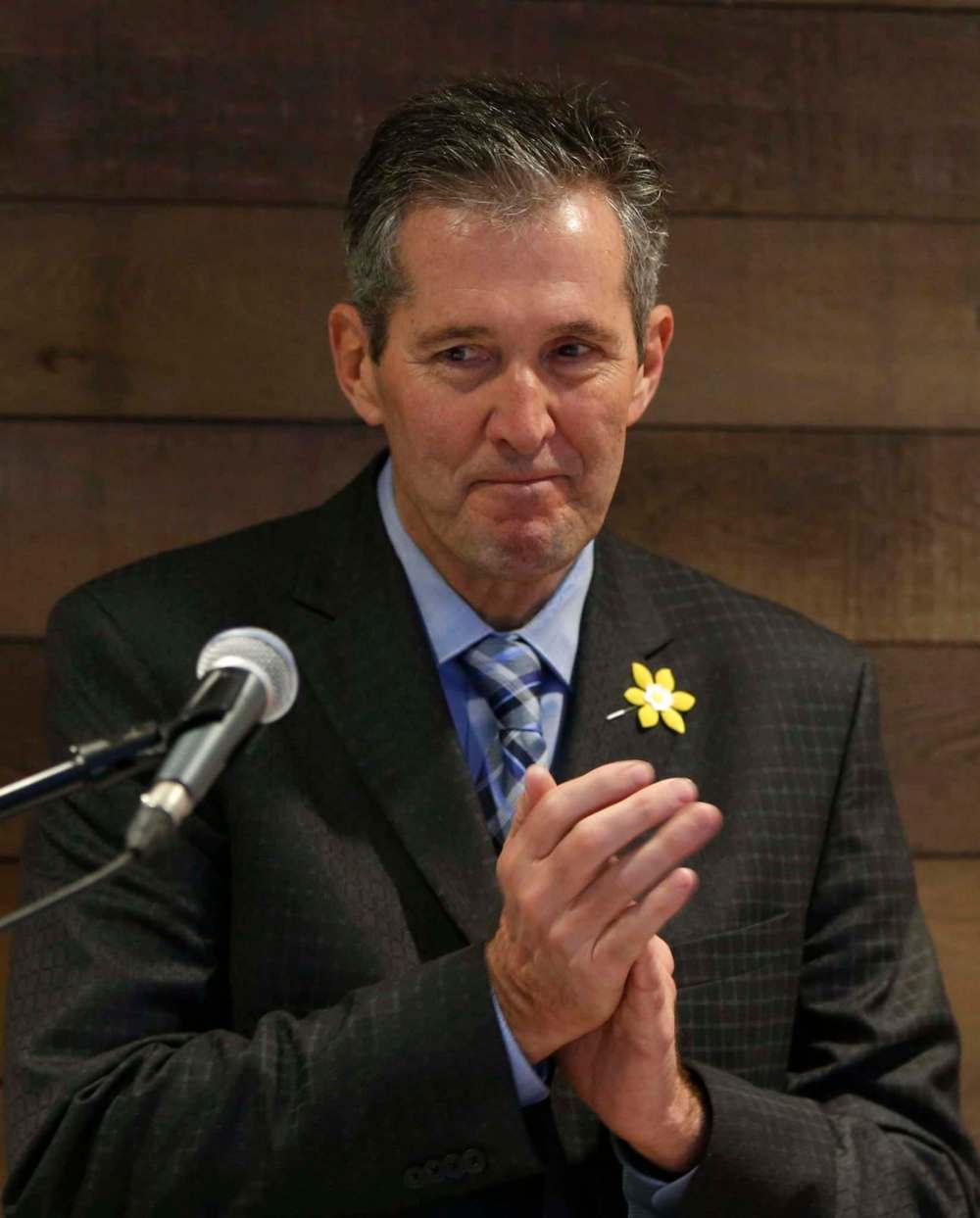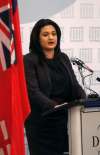Pallister’s Tories know what they want
Advertisement
Read this article for free:
or
Already have an account? Log in here »
To continue reading, please subscribe:
Monthly Digital Subscription
$0 for the first 4 weeks*
- Enjoy unlimited reading on winnipegfreepress.com
- Read the E-Edition, our digital replica newspaper
- Access News Break, our award-winning app
- Play interactive puzzles
*No charge for 4 weeks then price increases to the regular rate of $19.00 plus GST every four weeks. Offer available to new and qualified returning subscribers only. Cancel any time.
Monthly Digital Subscription
$4.75/week*
- Enjoy unlimited reading on winnipegfreepress.com
- Read the E-Edition, our digital replica newspaper
- Access News Break, our award-winning app
- Play interactive puzzles
*Billed as $19 plus GST every four weeks. Cancel any time.
To continue reading, please subscribe:
Add Free Press access to your Brandon Sun subscription for only an additional
$1 for the first 4 weeks*
*Your next subscription payment will increase by $1.00 and you will be charged $16.99 plus GST for four weeks. After four weeks, your payment will increase to $23.99 plus GST every four weeks.
Read unlimited articles for free today:
or
Already have an account? Log in here »
Hey there, time traveller!
This article was published 09/04/2016 (3536 days ago), so information in it may no longer be current.
Let’s give the politicians credit for one thing. They sure aren’t swamping voters with too many facts and figures. Still, this is an election, and it would be nice to have a few more numbers to go along with the promises, vague though they are.
In the story so far, the NDP has made a series of campaign commitments — a little bit more of everything — but the monetary implications for taxpayers are mostly written in the fiscal update the government released before calling the election.
Liberal Leader Rana Bokhari has also made a series of promises, some of them quite compelling, but the fiscal component of her plan has been largely incoherent and incomplete.

On Friday, it was Progressive Conservative Leader Brian Pallister’s turn to unveil the cost and spending assumptions associated with the party’s platform.
His numbers are for the 2017-18 fiscal year only, since the current year is partly over, and the NDP did not table a full budget, which means a full public accounting is not yet available.
It used to be the case political parties, or mayors in the case of civic elections, would offer four- or five-year plans that were linked to some vision, such as a balanced budget, tax reduction or ending hallway medicine for $15 million, as the NDP famously promised in 1999.
None of the three parties has offered a long-term view, at least not one that is backed up with a financial road map, integrated with spending promises. Mr. Pallister’s prescription for the future was just two pages long, and it looks like it could have been scribbled on a napkin on the kitchen table.
He says he will reduce the PST to seven per cent during his first term, which means eliminating about $300 million in revenue. He will also balance the budget “over time,” requiring another $600 million in savings or new revenues.
The NDP accuses the Tories of planning to reduce the province’s investment in infrastructure, but Mr. Pallister’s mini-analysis promises to spend more than the Selinger government on roads, bridges and so on.
In sum, Mr. Pallister is promising to increase spending in 2017 by nearly $117 million, while generating savings of nearly $139 million, for a net effect on the deficit of $22 million. These may turn out to be fairy-tale figures, but they work for the sake of argument.
The presumed savings in Mr. Pallister’s analysis are to come from a variety of initiatives, such as reducing the size of cabinet, eliminating partisan advertising, cutting travel budgets and something called “smart shopping,” which refers to reducing the use of untendered contracts. The Tories say “smart shopping” alone will save $35 million, but it’s really just a wild guess.
The Tories, unfortunately, have also resorted to one of the oldest political clichés, something called “value for money” and “smarter spending.” It used to be known as getting a bigger bang for your buck, or “more bounce for the ounce” — a jingle for a soft-drink commercial in the 1950s. Whatever, it won’t be found in an economics textbook.
Mr. Pallister says his value-for-money review will save the government a whopping $50,913,750. How did they get such a precise figure from such a vague concept? Inquiring minds want to know.
In any event, Mr. Pallister is clear on what a Tory government would look like in its first term, if elected.
There would be some social spending, including a reduction in ambulance fees and construction of more personal care homes. Tax brackets would be indexed, and the basic personal exemption would be increased.
The emphasis, however, would be on fiscal retrenchment and on unravelling some of the knots left by 16 years of NDP rule.
The numbers may not all be there, but the direction is plain to see.











